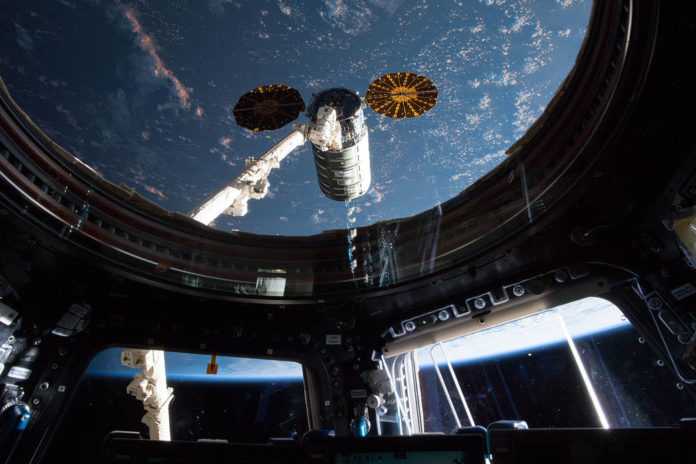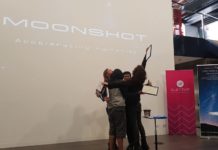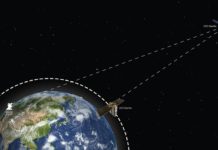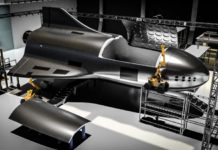Two teams of students from Singapore and Australia, aged 16-22, designed research experiments that blasted off from the National Aeronautics and Administration (NASA) Mid-Atlantic Spaceport, on 21 May.
The experiments, which test manufacturing processes in a gravity-free environment, arrived at the International Space Station (ISS) on 25 May following the 4:44 a.m. EDT Monday launch of an Orbital ATK Cygnus spacecraft.
Cygnus lifted off on an Antares 230 rocket from NASA’s Wallops Flight Facility in Virginia on Orbital ATK’s ninth cargo mission under NASA’s Commercial Resupply Services contract. The spacecraft carried about 7,400 pounds of research equipment, cargo and supplies that will support dozens of the more than 250 investigations underway on the space station.
Both student teams were provided both engineering tools and specialized training by Singapore-based startup Bhattacharya Space Enterprises, in partnership with California-based Quest Institute and leading aerospace systems supplier Ecliptic Enterprises Corporation. The students worked with miniaturized ISS experiment modules, 3-D printed chassis and custom software, completing a six-stage design and review process that was qualified by NASA for launch.
Astronauts on board the ISS are running the experiment for 30 days until the end of June, when it will be flown back to Earth for further analysis. In the meantime, students can analyze data downloaded and transmitted from the space station.
This is the second time students from the Singapore American School (SAS) have sent an experiment to space, and the first time for Australian institutions Haileybury College and Swinburne Institute of Technology (SUT).
The Singapore team is studying electroplating and monitoring the growth rate of copper and bronze crystals outside the pull of Earth’s gravity. Once the space-based samples have returned, they will be compared to those grown in a similar classroom setup. If they are more efficient and less resistant, this could suggest that using wires produced in space would lead to power savings for citizens of Earth.
The Australia team is researching the behavior of magnetorhelogical fluid (MR fluid), which contains tiny iron particles that respond to magnetic fields. The students are monitoring the speed of the chamber where the fluid is sealed in, and comparing that to a similar experiment held on Earth where the iron pieces will settle due to gravity. This is to understand if MR fluids are suitable for use in space applications that require the dampening of an object’s motion.
“For future missions, schools will be able to customize their science and engineering experiments to complement what the students are being taught in school – or even combine multiple subjects in one experiment,” said Dr. Bhattacharya, CEO of BSE and former NASA scientist.
“We have successfully sent three experiments to space and will continue bringing in cutting-edge technology to ensure students in the region also have the tools necessary for space research”.







